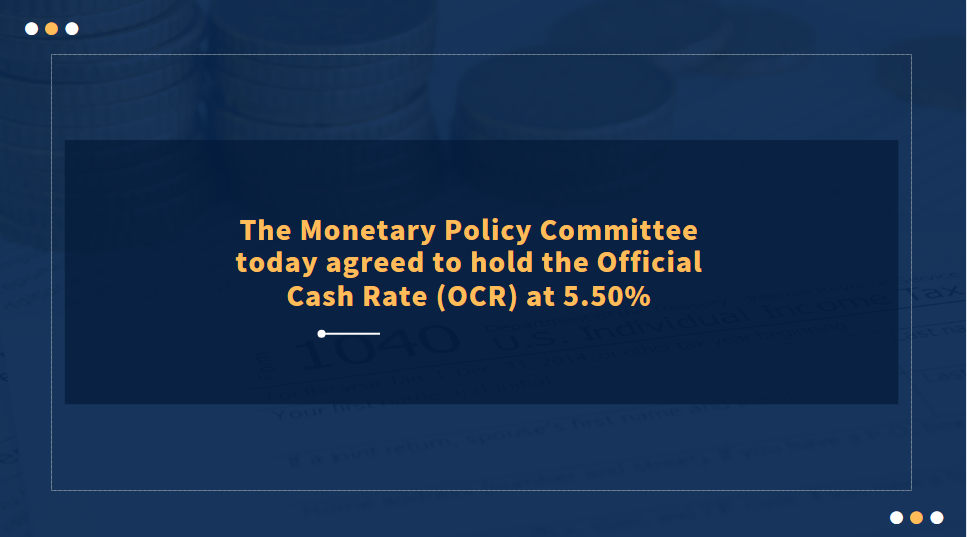FMA consults on proposed liquidity risk management guidance
The Financial Markets Authority (FMA) – Te Mana Tātai Hokohoko – has released proposed guidance for Managed Investment Scheme (MIS) managers and their supervisors for effective liquidity risk management (LRM).
Effective LRM is essential to reduce the risk of investor harm when there are significant fund redemption requests. Poor LRM in those circumstances may force an investment manager to sell less liquid assets, like some types of property investment, for whatever price they can get, which impacts the return of all fund investors. Or, the manager may have to sell a lot of more liquid assets – like large companies – which suits the withdrawing investors but raises the risk of the fund, making it unfair to the remaining investors. Effective LRM will also reduce the risk of a liquidity crisis in one fund spreading to other managed funds.
This guidance sets out the FMA’s expectations of MIS managers to effectively manage liquidity risk as part of meeting their legal responsibilities. It also sets out the corresponding expectations for supervisors of MIS.
The proposed guidance updates and replaces the LRM good practice guide the FMA issued in April 2020 to reflect draft international policy recommendations by the International Organisation of Securities Commissions and the Financial Stability Board and identifies the areas where MIS managers and Supervisors need to do more.
It follows a self-assessment survey on LRM conducted by the FMA and completed by 51 regulated MIS managers in 2021. The FMA observed:
- MIS managers were generally positive about their LRM capabilities which, when considered against the detail of their responses, was overly optimistic. Even MIS managers with a relatively robust LRM approach had gaps in particular areas, including frequency of stress testing, use of available liquidity management tools and metrics.
- MIS managers should avoid becoming complacent about their own capabilities. MIS boards/oversight bodies need to maintain effective oversight and provide constructive challenge, including:
- forming their own view of the LRM capabilities, maturity and culture of their entity; and
- assessing the extent to which these enable the MIS to operate consistently within its defined risk appetite and policy settings, identify any desirable changes, and ensure management takes steps to address those changes.
The FMA welcomes feedback on the proposed guidance. Submissions close on Friday 10 November.
View the consultation: Proposed liquidity risk management guidance























































First, please LoginComment After ~